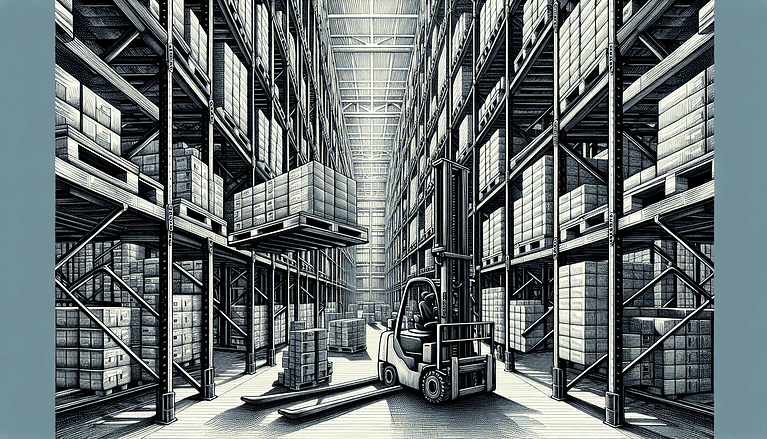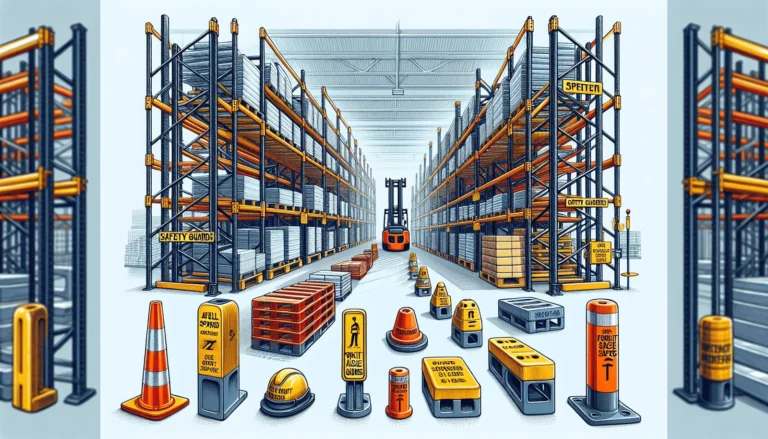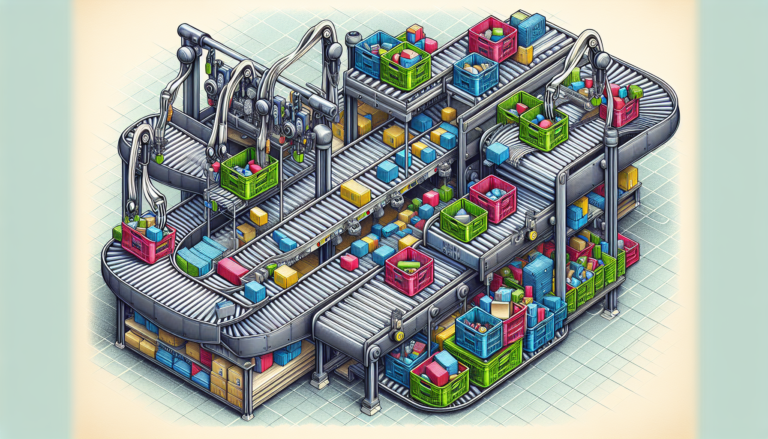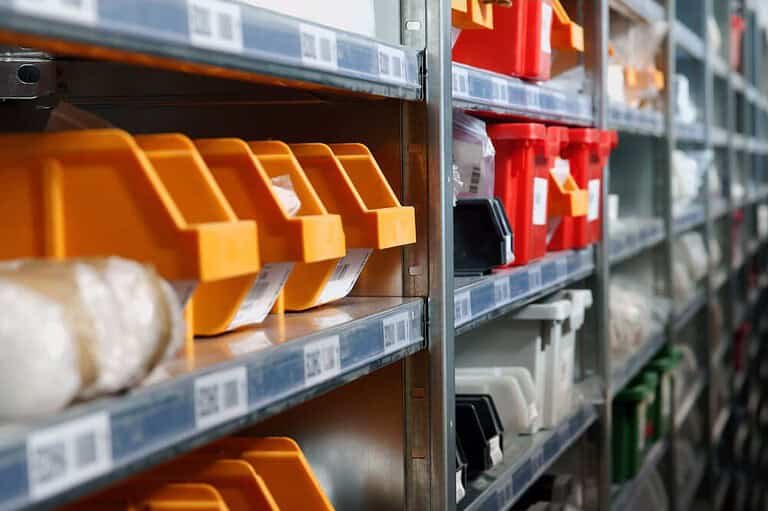Warehouse Replenishment: The Ultimate Guide for 2025 Success
Warehouse replenishment isn’t merely about restocking shelves. It’s the strategic art of balancing supply with demand forecasting, ensuring each product is where it needs to be, exactly when needed.

Understanding and responding to customer demand is crucial in this process, as it helps avoid stock shortages and maintain optimal stock levels.
Why is it so important? It means distinguishing between a flourishing business and a warehouse of woes. It’s about control—inventory levels, to be precise.
In the high-stakes game of inventory chess, control is king. Without it, you’re at the mercy of backorders, stockouts, and customer dissatisfaction.
So, let’s explore the essentials of warehouse inventory replenishment and how mastering this cornerstone of logistics can elevate your business from survival to thriving.
After all, replenishment leads in the dance of supply chain management, as I’ve come to understand, and you, my fellow logistics maestro, must be prepared to follow with grace.
Efficient Warehouse Replenishment
Understanding Inventory Replenishment Methods
Ah, the foundations of efficient inventory replenishment. They remind me of my early days as a personal investor, where every choice was a careful step to ensure the health of my portfolio.
Diversifying investments is crucial for stability, so understanding the various replenishment methods is key to a robust inventory management strategy. Let’s break it down together.
Over the years, I’ve tinkered with several replenishment methods. First is the min/max technique, like setting boundaries in a relationship. You establish the minimum and maximum levels of stock, and when you dip below the threshold, it is time for a refill.
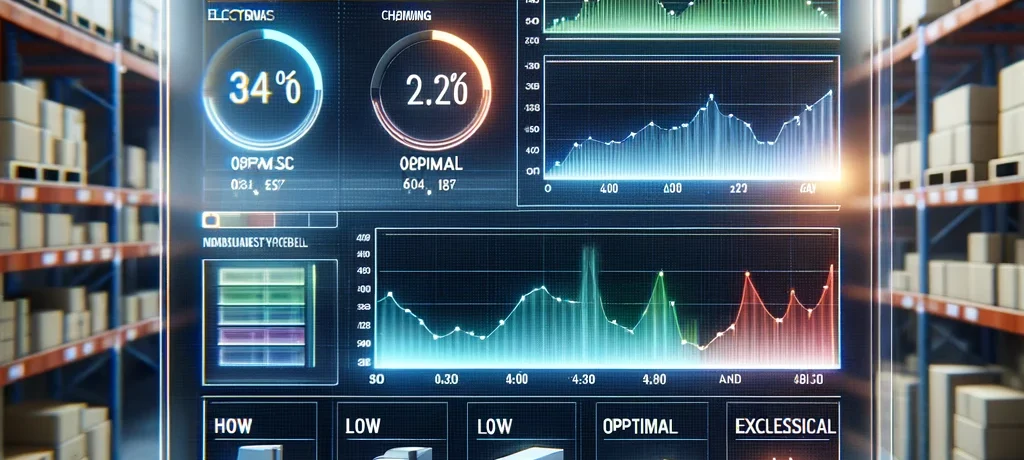
Then there’s just-in-time replenishment, a lean approach that relies on precise timing and minimal inventory. Think of it as the high-stakes gamble of restocking, where the aim is to receive goods only as needed.
It can be thrilling, but fulfilling customer orders successfully requires nerves of steel and a clockwork supply chain.
Challenges and Solutions of Inventory Management
But what about when things go sideways? In warehouse inventory management, challenges are as common as misplaced pallets in a bustling warehouse. I’ve faced a few head-ons, from forecasting fiascos to the dreaded stockouts.
The solutions often lie in adopting warehouse optimization strategies, akin to adjusting sails mid-voyage to catch the right wind. For instance, when stock inaccuracies reared their ugly head, I didn’t count and recount—I implemented cycle counting.
And when the orders piled up faster than we could handle, automation was the trusty sidekick I turned to. Using automated storage and retrieval systems (AS/RS), we could move goods faster than ever, slashing the time from shelf to shipment.
Remember, innovation and adaptation are your allies in the face of challenges. As you refine your replenishment methods and face the obstacles with clever warehouse optimization strategies, you build a smarter warehouse and a stronger model.

Replenishment Best Practices
Maximizing Warehouse Space and Workflow
If there’s one thing I’ve learned in managing investments and warehouses, maximizing efficiency isn’t just about what you have; it’s about how you use it. When I first stepped into my warehouse, I was struck by the chaos of potential.
The journey from disorder to order was similar to organizing my investment portfolio. By optimizing the layout, like balancing assets, every product found its place, and the workflow became a rhythm I could tap my foot into.
Creating an efficient workflow design is an art. It’s about understanding the dance of supply and demand and choreographing it to the tune of productivity.
Just like allocating funds to the right investments, strategically dedicating space in your warehouse can yield dividends in the form of time saved and reduced errors.
Leveraging Technology for Stock Replenishment
The day I introduced a Warehouse Management System (WMS) into my operations was a defining moment in my career, much like diversifying my investment portfolio with technology stocks.
Suddenly, I had a dashboard providing real-time insights, just as my investment app gave me real-time market updates.
Automation in replenishment transformed my warehouse. Much like setting up automatic transfers to my savings account, it ensured a steady flow of goods to and from the shelves, minimizing manual intervention and maximizing efficiency.
Drones and robots aren’t just futuristic concepts; they are here, enhancing accuracy and speed, much like algorithmic trading has revolutionized investing.
Replenishment Models and Strategies
From Basic to Advanced Models
I remember starting with the basics: the classic min/max replenishment model, a safe bet like a bond investment. But as I grew more confident, I explored more advanced restocking methods, akin to delving into the world of equities.
Lean inventory techniques and just-in-time delivery were the high-growth strategies that could dramatically reduce carrying costs and increase turnover.
Advanced inventory replenishment models became my specialty. I leveraged technology to dynamically predict and respond to inventory needs, such as using advanced analytics to predict market movements.
It was no longer about responding to the market but anticipating it.
Strategic Replenishment Planning to Meet Customer Demand

Every investor knows the importance of forecasting; the same goes for warehouse replenishment. Understanding stock-level strategies has become my crystal ball. I’ve learned to read the signs—sales trends, seasonal fluctuations, and market shifts—to ensure my warehouse is never caught off guard.
It is a strategic game: planning the right move before the need arises, ensuring the stock is replenished efficiently and effectively, without excess or shortfall.
In strategic replenishment planning, the aim is to match the rhythm of supply with the pulse of demand, ensuring your warehouse operates like a well-funded startup — lean, agile, and ready to disrupt.
Optimizing the Replenishment Process
Customizing Replenishment to Business Needs
Like crafting a bespoke investment portfolio, I’ve learned that replenishment is not one-size-fits-all. It requires tailored replenishment strategies that respect your business’s unique heartbeat.
Crafting a replenishment process that fits your business like a glove means looking beyond your demand forecasting. It means understanding your company culture, customer expectations, and the particular quirks of your supply chain, keeping safety stock levels met.
It is knowing the personality of each stock in your portfolio – what makes it tick, how it responds to market changes, and how much attention it needs.
Automation and Robotics in Replenishment

The day we introduced AMRs into our warehouse was similar to when I automated my savings strategy. Suddenly, a system was in place doing the heavy lifting, saving time and money with the precision that human hands couldn’t.
Robotic replenishment systems are the silent workhorses of the warehouse, tirelessly and consistently ensuring products are where they need to be.
These robots don’t move stock; they gather data, adapt to changes, and constantly learn how to do their jobs better. It’s like setting up a robo-advisor for your investments – except these advisors are on wheels, navigating aisles and delivering results that keep your business running smoothly around the clock.
Advanced Topics in Replenishment
The Role of Enterprise Resource Planning (ERP)
Integrating an ERP system into my replenishment process was like watching my first algorithm-based trading program execute a perfect buy-sell strategy. It was transformative. ERP integration aligns all the moving parts of your warehouse—inventory, procurement, finance, and even customer service—like a well-orchestrated ensemble.
For me, ERP has been the conductor of this orchestra, ensuring that the replenishment process is not just a backroom activity but a core business driver. It’s just having a dashboard that tells you what’s happening now and helps you plan what happens next. Its resource planning is taken to an Olympian level, where strategic decisions are made with customer demand in mind.
Emerging Trends and Future Landscape
As a personal investor, I’m looking for the ‘next’ big thing,’ and the same goes for warehouse replenishment. The future of warehouse replenishment is shimmering on the horizon, and it’s tight with innovative replenishment technologies.
From drones zipping through aisles to IoT devices communicating with each other to ensure seamless replenishment, the possibilities are as expansive as the cloud computing platforms they run on.

Staying abreast of these trends has been pivotal. They shape how we think about storage space, handling materials, and managing inventory to meet customer demand.
Like jumping on a groundbreaking IPO, being an early adopter of these technologies can catapult your warehouse operations into a new era of efficiency and success.
Case Studies and Real-World Examples
Success Stories in Warehouse Replenishment
Whenever I read a success story about warehouse replenishment, I remember a well-executed trade that played out just as planned. It’s inspiring to see a stock replenishment theory put into practice, with tangible results in inventory management to show for it.
These case studies are not just stories but blueprints for success, detailed with success metrics and KPIs that light the way for others to follow.
One particular story stands out: a mid-sized retailer that transformed its replenishment strategy. They switched from a reactive, manual replenishment system to a fully automated, data-driven approach. The result?
They reduced inventory holding costs by 30% and improved order fulfillment speed by 25%. Their success was measured not just in dollars saved but also in soaring customer satisfaction ratings. In addition, customer demand increased, raising inventory levels.
Lessons Learned from Industry Leaders

Talking to industry leaders is like having a mentor in the investing world—each conversation is gold, laden with expert insights and strategies. One key lesson I’ve learned is the value of agility in your replenishment strategy.
Excellent leaders treat their systems as living things—constantly growing, adapting, and improving to meet customer demand.
Another lesson is the importance of scalability. One industry leader shared how their initial replenishment system was perfect for their needs but couldn’t grow. They had to overhaul their approach, integrating more scalable technologies and flexible processes.
It was a costly lesson that reminded me of my early investment without considering the long-term growth potential.
Additional Resources
As we conclude our journey through the nuances of replenishment, it’s important to arm yourself with ongoing resources and tools that will help you continue to refine and enhance your strategies.
Just as a savvy investor keeps their toolkit updated with the latest financial analyses and forecasting software, staying informed and equipped in warehouse management is crucial for sustained success.
Further Reading
To deepen your understanding and stay ahead of the curve, I recommend delving into various publications and online resources focusing on supply chain management and logistics innovations. Books like Lea Supply Chain and Logistics Management by Paul Myerson provide practical insights into transforming replenishment strategies. Additionally, industry journals such as The Journal of Business Logistics offer cutting-edge research and case studies from leading experts in the field.
Online blogs and forums are also invaluable, providing real-time discussions and shared experiences from professionals worldwide. Websites like Supply Chain 24/7 and Logistics Management regularly feature articles and updates on the latest trends and technologies in warehouse management.
Tools
Investing in the right tools can dramatically enhance your replenishment processes. Warehouse Management Systems (WMS) like Oracle NetSuite, SAP Logistics, and Manhattan Associates are designed to integrate seamlessly with your operations, offering real-time data tracking and predictive analytics that support smart decision-making.
Tools like AMRs (Autonomous Mobile Robots) and advanced RFID systems can be transformative for those looking to leverage the power of automation. They enable efficient inventory movements and accurate tracking throughout the warehouse.
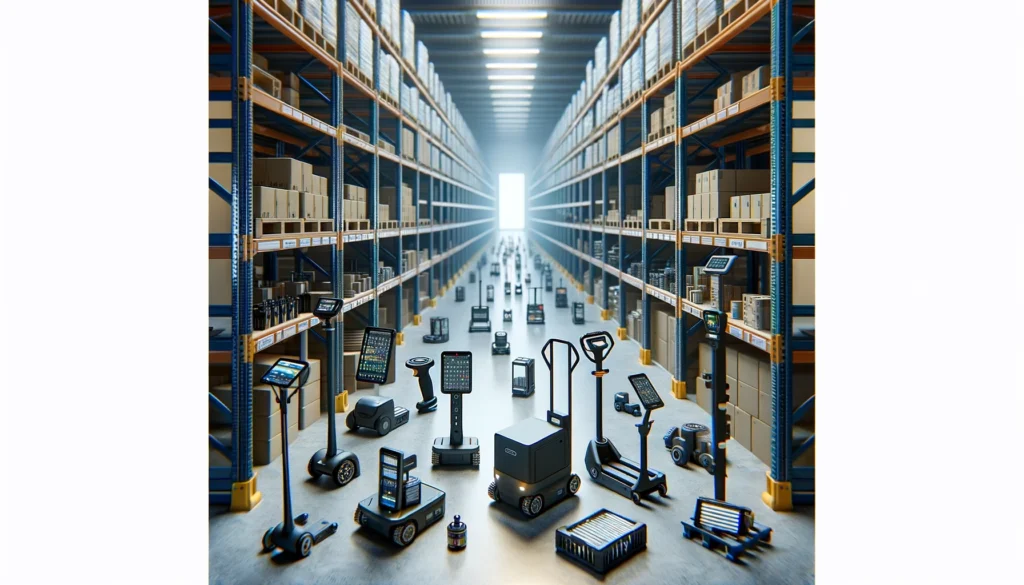
Lastly, replenishment toolkits and software specializing in inventory analysis and forecasting should be considered. These tools often come equipped with customizable features that can adapt to your business’s specific needs, ensuring that your replenishment strategies are as effective as they are efficient.

